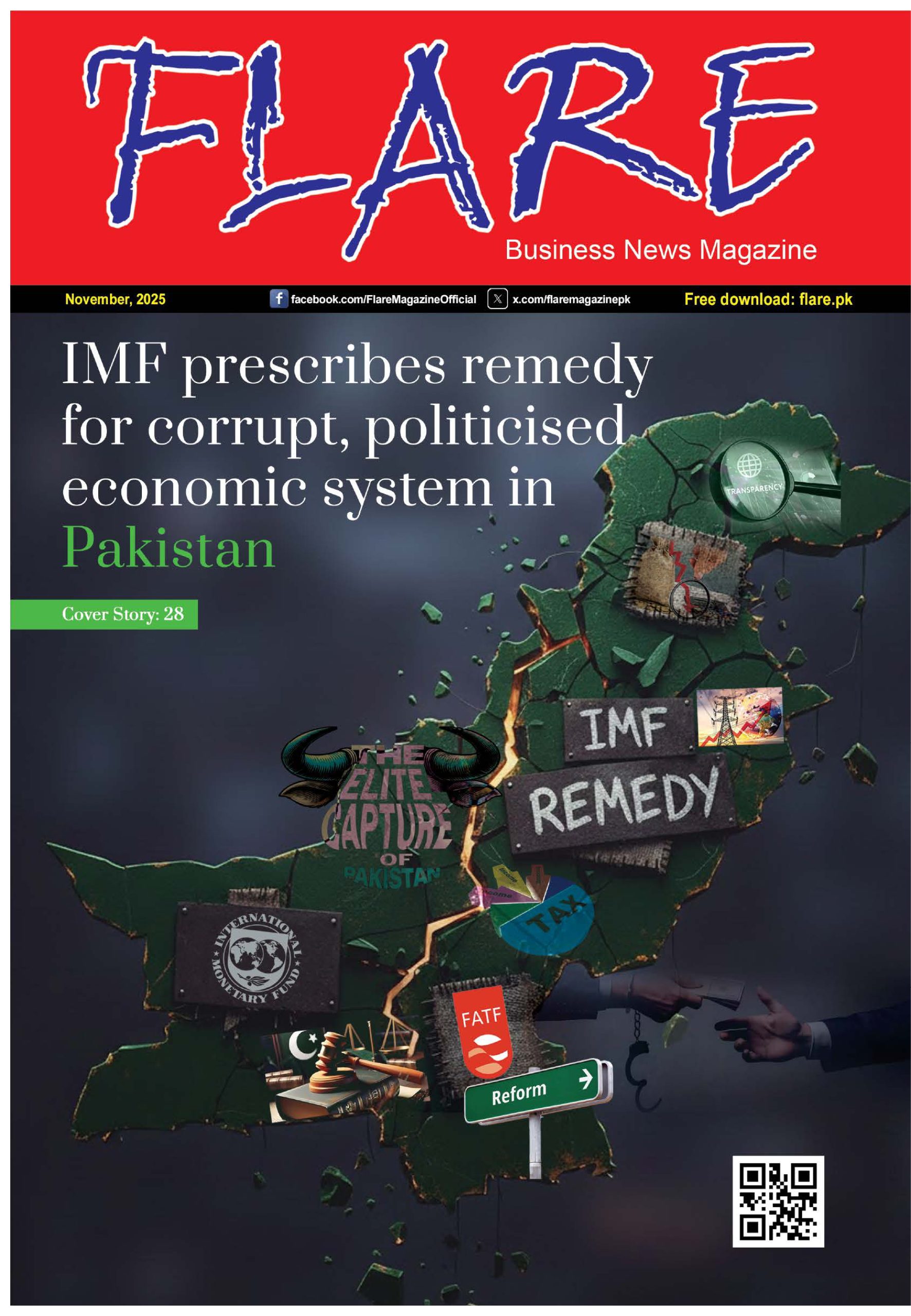Huawei Publishes Global Connectivity Index 2018
Lahore: May 31, 2018 – Huawei, a global leader in ICT related solutions and systems recently published the global connectivity index 2018. The Huawei Global Connectivity Index 2018 (GCI), now in its fifth year, the GCI ‘S-curve’ is a visual representation of 79 nations’ path to the digital economy and the relationship between GCI score and GDP. Huawei’s Global Connectivity Index (GCI) measures how nations are progressing with digital transformation using Information and Communications Technology (ICT). It is a quantitative assessment that comprehensively evaluates connectivity from both a national and industrial perspective.
According to the Huawei GCI index Pakistan currently ranks 77th on the GCI in 2018. Pakistan’s lower ranking is due to the fact that information technology is not streamlined and it scored a 2 for ICT investment while the average score for these 80 countries with an average of 4.4 this year. Its Internet penetration remains low, with the volume of mobile broadband services exceeding the fixed broadband sector of the market. Smartphone penetration rate continued to go upward and users experience in terms of FBB affordability, cloud migration and broadband download speed had improved for the year.
Broadband access in Pakistan in particular remains limited, but this sector of the market is finally starting to expand, having been given a massive boost with the arrival of mobile broadband. The country has been pursuing an aggressive IT policy, aimed at boosting Pakistan’s drive for economic modernization. Of special significance has been the administration’s provisioning of e-government services.
The Huawei GCI report also highlights opportunities that are available in Pakistan. The Ministry of Information Technology and Telecommunication has finalized the “Digital Pakistan Policy 2017” envisions Pakistan to become a strategic enabler for an accelerated digitization ecosystem that expands the knowledge based economy and spur socio economic growth. The key goals for the initiative will be to create a digital ecosystem supported by infrastructure and institutional frameworks for rapid delivery of innovative digital services, applications and content. It is a shift away from the initial piece-meal approach to a more holistic technology strategy clearly focused on ICT as a broad enabler for every sector of socioeconomic development. It will also promote the use of technology in education, health, agriculture and other key socio economic sectors. Enhancing the current market size of e-commerce will also be another key focus as the market is estimated to carry an enormous growth potential due to exponential growth in broadband subscribers over the years. The growth trends projected to persist in the future with overseas investments to continue to grow in e-commerce. One way to promote e-commerce is by providing and enabling an environment where Payment Service Providers (PSP) and Payment Service Operators (PSO) can operate and establish an effective e-commerce platform and take e-commerce activities in Pakistan to the next level.
Huawei Technologies pointed out that: “We are now witnessing a paradigm shift initiated by AI according to the GCI study, advanced economies that saw growth from ICT development plateau are using ‘Intelligent Connectivity’ to open new opportunities, while some developing economies are also finding ways to tap the new technology to speed up their own strategic growth plans.”


